
Guest editorial mission critical networking
[No abstract available]
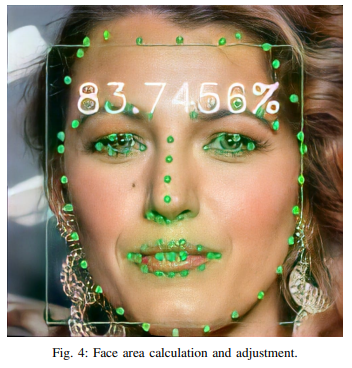
A Preprocessing Approach to Improve the Performance of Inception v3-based Face Shape Classification
Face shape classification is considered one of the trending topics in the artificial intelligence research field. Face shape classification can be employed in many broad-scoped projects, such as hairstyle recommendation systems in the beauty and fashion industry. In this paper, the inception v3 model was employed to reach the highest possible performance for classifying the different face shapes. The model was re-trained after applying a proposed sequence of preprocessing techniques, including image straightening, cropping, resizing, and normalization. The model was re-trained on different
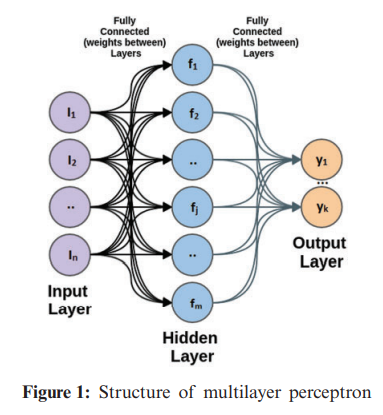
An optimized ensemble model for prediction the bandwidth of metamaterial antenna
Metamaterial Antenna is a special class of antennas that uses metamaterial to enhance their performance. Antenna size affects the quality factor and the radiation loss of the antenna. Metamaterial antennas can overcome the limitation of bandwidth for small antennas.Machine learning (ML)model is recently applied to predict antenna parameters.ML can be used as an alternative approach to the trial-and-error process of finding proper parameters of the simulated antenna. The accuracy of the prediction depends mainly on the selected model. Ensemble models combine two or more base models to produce a
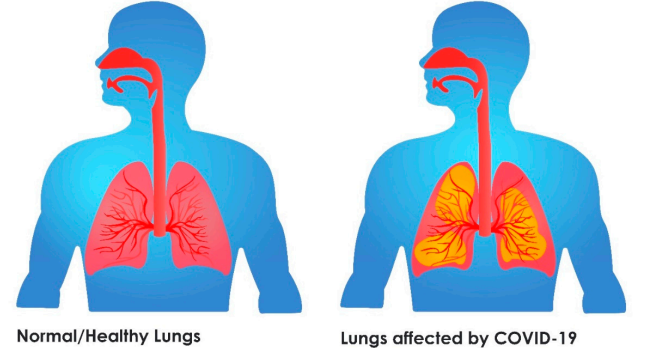
Role of Artificial Intelligence in Diagnosis of Covid-19 Using CT-Scan
Machine learning (ML) and deep learning (DL) have been broadly used in our daily lives in different ways. Early detection of COVID-19 built on chest Computerized tomography CT empowers suitable management of patients and helps control the spread of the disease. We projected an artificial intelligence (AI) system for rapid COVID-19 detection using analysis of CTs of COVID-19 depending on the AI system. We developed and evaluated our system on a large dataset with more than 3000 CT volumes from COVID-19, viral community-acquired pneumonia (CAP) and non-pneumonia subjects—1601 positive cases
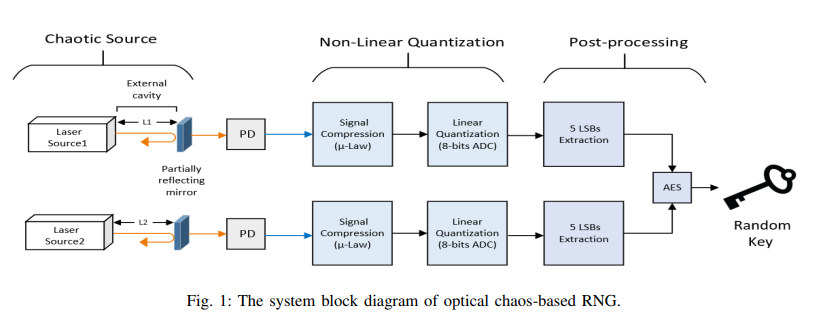
Chaos-Based RNG using Semiconductor Lasers with Parameters Variation Tolerance
Random numbers play an essential role in guaranteeing secrecy in most cryptographic systems. A chaotic optical signal is exploited to achieve high-speed random numbers. It could be generated by using one or more semiconductor lasers with external optical feedback. However, this system faces two major issues, high peak to average power ratio (PAPR) and parameter variations. These issues highly affected the randomness of the generated bitstreams. In this paper, we use a non-linear compression technique to compand the generated signal before it is quantized to avoid the effects of the PAPR. Also
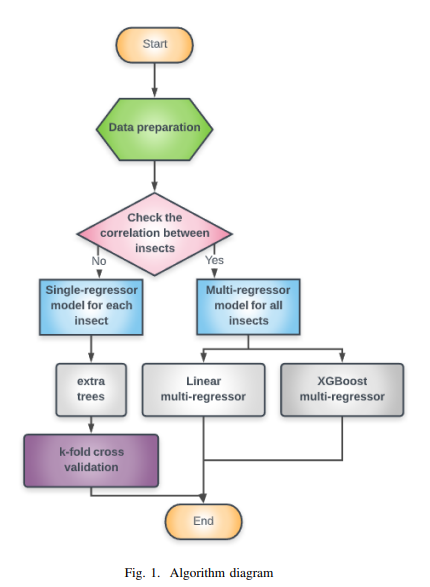
Guava Trees Disease Monitoring Using the Integration of Machine Learning and Predictive Analytics
The increase in population, food demand, and the pollution levels of the environment are considered major problems of this era. For these reasons, the traditional ways of farming are no longer suitable for early and accurate detection of biotic stress. Recently, precision agriculture has been extensively used as a potential solution for the aforementioned problems using high resolution optical sensors and data analysis methods that are able to cope with the resolution, size and complexity of the signals from these sensors. In this paper, several methods of machine learning have been utilized
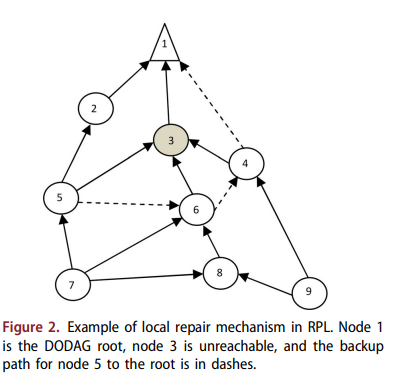
Optimal proactive monitor placement & scheduling for IoT networks
This work is fulfilled in the context of the optimized monitoring of Internet of Things (IoT) networks. IoT networks are faulty; Things are resource-constrained in terms of energy and computational capabilities; they are also connected via lossy links. For IoT systems performing a critical mission, it is crucial to ensure connectivity, availability, and network reliability, which requires proactive network monitoring. The idea is to oversee the network state and functioning of the nodes and links; to ensure the early detection of faults and decrease node-unreachability times. It is imperative
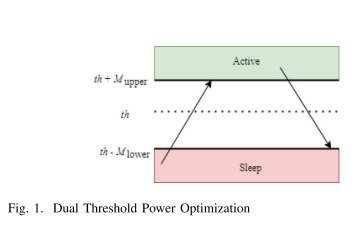
Optimal Power Consumption on Distributed Edge Services Under Non-Uniform Traffic with Dual Threshold Sleep/Active Control
Mobile edge computing (MEC) is a key enabling technology for supporting high-speed and low latency services in the fifth generation (5G) and beyond networks. MEC paradigm moves computational resources from centralized cloud servers towards the edge of the network, nearer to the users. However, edge computation resources increase the power consumption of the network. Moreover, the non-uniform traffic load on the edge servers causes resources to be underutilized and decrease the system's power efficiency. To achieve the green networking concept encouraged in 5G and beyond networks, unused MEC
Hybrid NOMA-based ACO-FBMC/OQAM for next-generation indoor optical wireless communications using LiFi technology
Light fidelity (LiFi) has successfully achieved high data transfer rates, high security, great availability, and low interference. In this paper, we propose a LiFi system consisting of a combination of non-orthogonal multi-access (NOMA), asymmetrically-clipped optical (ACO), and filter bank multicarrier (FBMC) techniques combined with offset quadrature amplitude modulation (OQAM). The paper also applies a μ-law companding approach for a high peak to average power ratio (PAPR) reduction of the FBMC/OQAM scheme. The combination of NOMA, ACO-FBMC/OQAM, and μ-law companding allows a significant
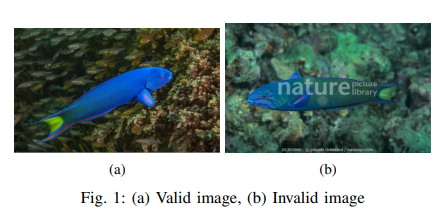
Real-Time Fish Detection Approach on Self-Built Dataset Based on YOLOv3
Creating a model to detect freely moving fish underwater in real-time is a challenging process for two main reasons. First, the available datasets suffer from some limitations that severely affect the results of the detection models operating in challenging and blurry environments. These models should be able to capture all of the fish movement given different types of surroundings. Second, choosing the convenient detection model system which matches the desired requirements from having high accuracy with satisfying frames per second (FPS). To overcome the first challenge, a new dataset was
Pagination
- Page 1
- Next page ››
